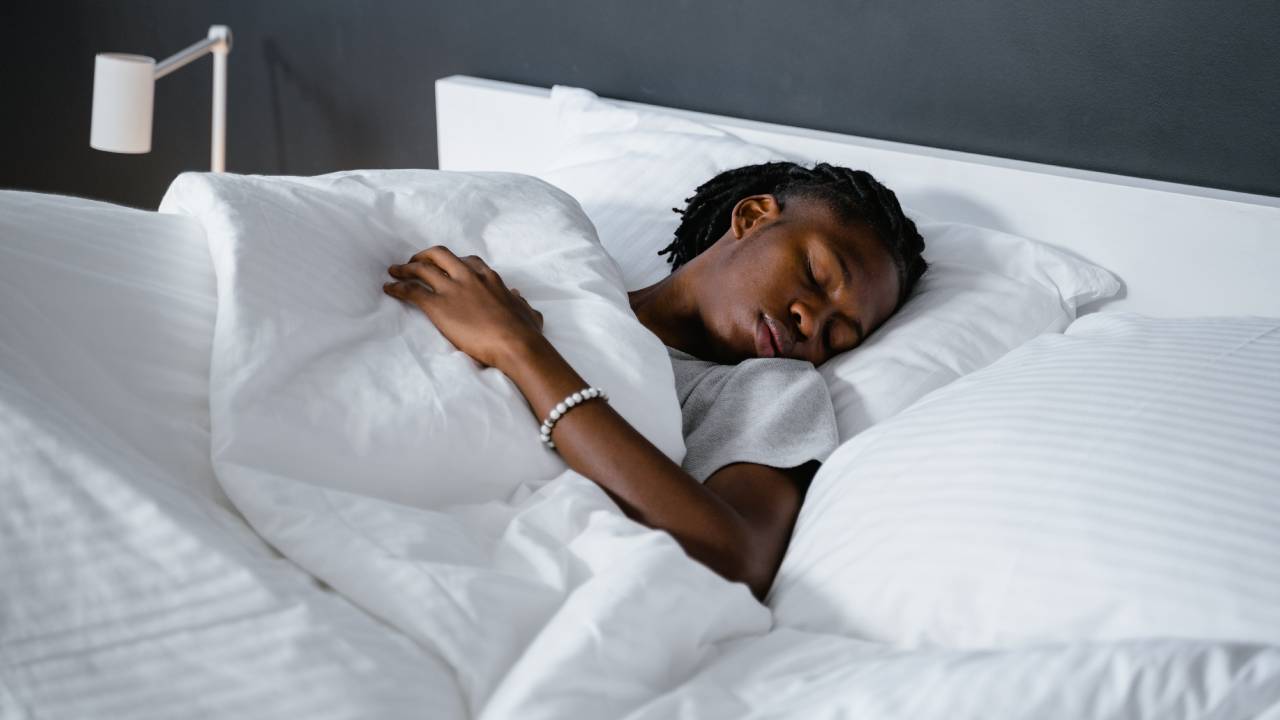

We spend a third of our lives in bed, so finding the perfect position to sleep in is vital for a comfortable and well rested night’s sleep. Side, front and back are all positions people love to sleep in, but surprisingly, back sleepers only account for 8-10% of people, according to The Sleep Doctor.
Many people tend to avoid sleeping on their back for various reasons. Pregnant women are encouraged not to sleep on their backs to avoid any added pressure and discomfort to the stomach. For those who snore or have sleep apnoea, lying on your back can obstruct your airways and worsen your snoring and symptoms. Finally, sufferers of heartburn or acid reflux might want to avoid this position, especially if they’ve eaten recently before bed.
Having listed these concerns, there are actually many health benefits to sleeping on your back, too. For starters, if you sleep on your back, you’re less at risk of experiencing any muscle or spine aches and pains. As your body doesn’t tend to touch the bedding too much, back sleepers’ skin tends to be clearer and less wrinkled. Your body also naturally aligns in this position and you might find that you toss and turn less.
Overall, sleeping on your back sounds like a pretty comfortable and beneficial position to sleep in, despite many people’s aversion to it. If you’re new to back sleeping or you want advice on how to sleep your best in this position, here are 5 tips for back sleepers, including the best mattress to buy, pillow placement and stretching tutorials.
1. Pick the right mattress & pillow
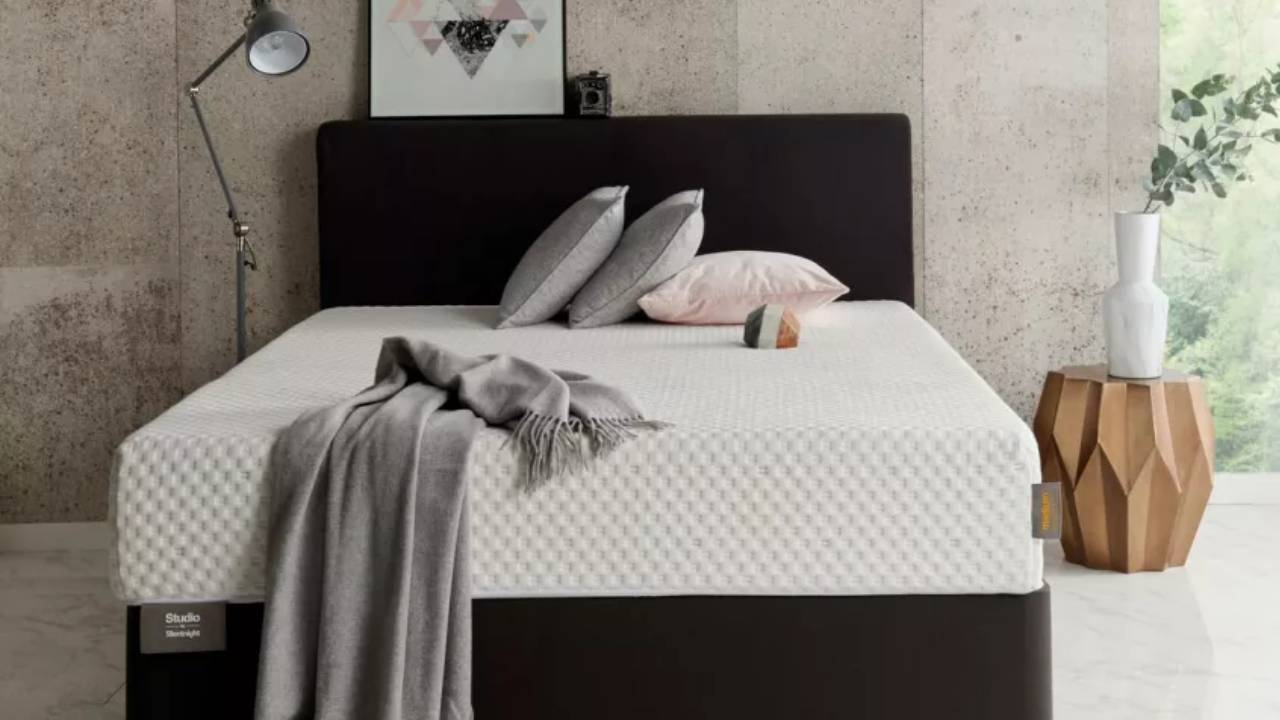
Whether you’re a back, front or side sleeper, it’s important that you have the right mattress suited to your body and sleep habits. The best mattress for back sleepers should be one that perfectly fits to and cradles the body, particularly the spine, lumbar and hips.
While sleeping on your back naturally aligns each part of your body, the lower back and hips need extra support to alleviate the pressure on your back. The best memory foam mattresses are perfectly equipped to do this as the sleep surface and foam moulds to your body shape, giving you support where you need it most. Medium to medium-hard firmness is also a good choice for back sleepers as it keeps your spine perfectly aligned. Anything too soft will have you sinking too much and using your muscles to keep yourself afloat, which will result in aches and pains the next morning and overtime.
If you’re still unsure which mattress is best for your back sleeping habits, we found that the Emma Original mattress is brilliant for all positions but its Airgocell and memory foam layers distribute weight evenly and support the shoulders, lower back, and joints. For something more specific to back sleeping, the Nectar Memory Foam mattress is said to be great for relieving back pain and the Silentnight Studio Original mattress has excellent pressure relief.
Sign up to the T3 newsletter for smarter living straight to your inbox
Get all the latest news, reviews, deals and buying guides on gorgeous tech, home and active products from the T3 experts
2. Place pillows under the knees & back
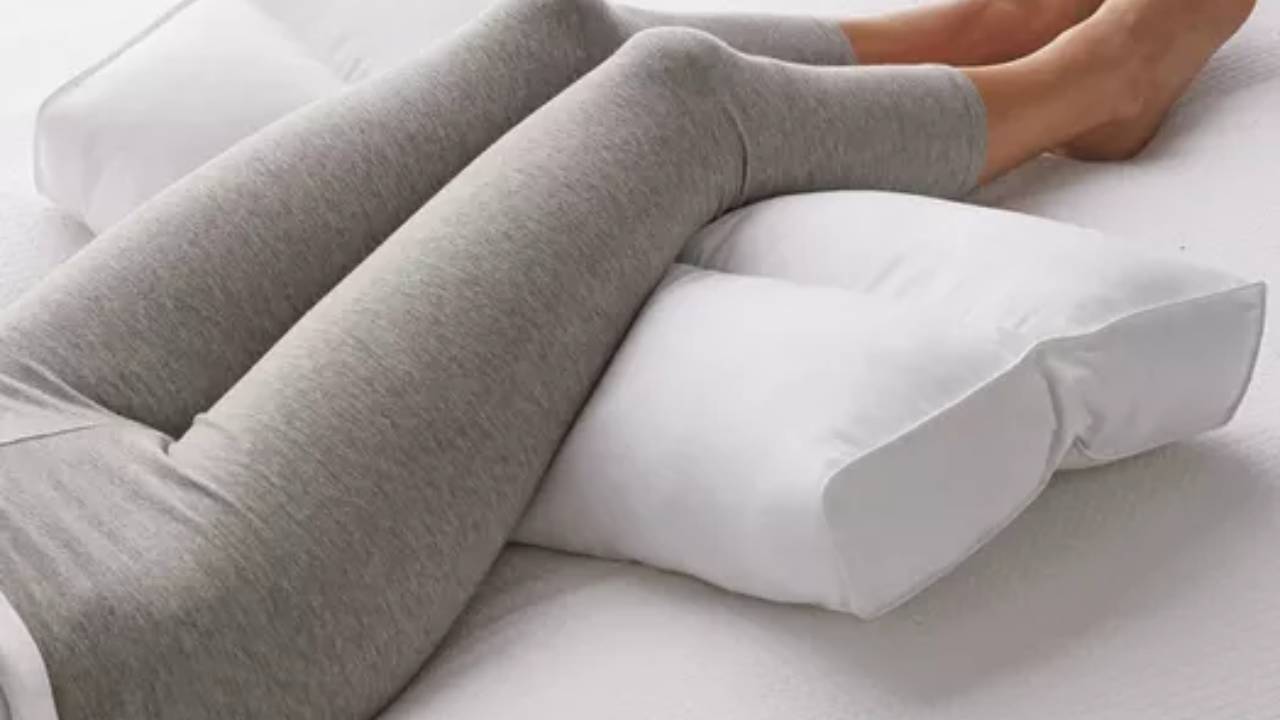
Keeping your spine aligned is incredibly important, which is why in our 5 tips for side sleepers guide, we encouraged them to align their body properly before drifting off to avoid back and muscle pain. For back sleepers, every part of you is in line but specific body parts need extra support, like your knees, hips and lower back.
To alleviate pressure, put a pillow under your knees and another under your lower back. This reduces the strain on your spine and supports its natural curvatures. These pillow placements also stop you from moving around too much and keep your muscles and joints in a natural position. If your butt tends to stick out, this pelvic tilt naturally increases the curve in your lower back, so placing a pillow there flexes the hips and opens up the joints. Using 1-2 regular pillows for this adds enough comfort and lift, and you can also find pillows specifically designed for back sleepers too.
3. Support your neck
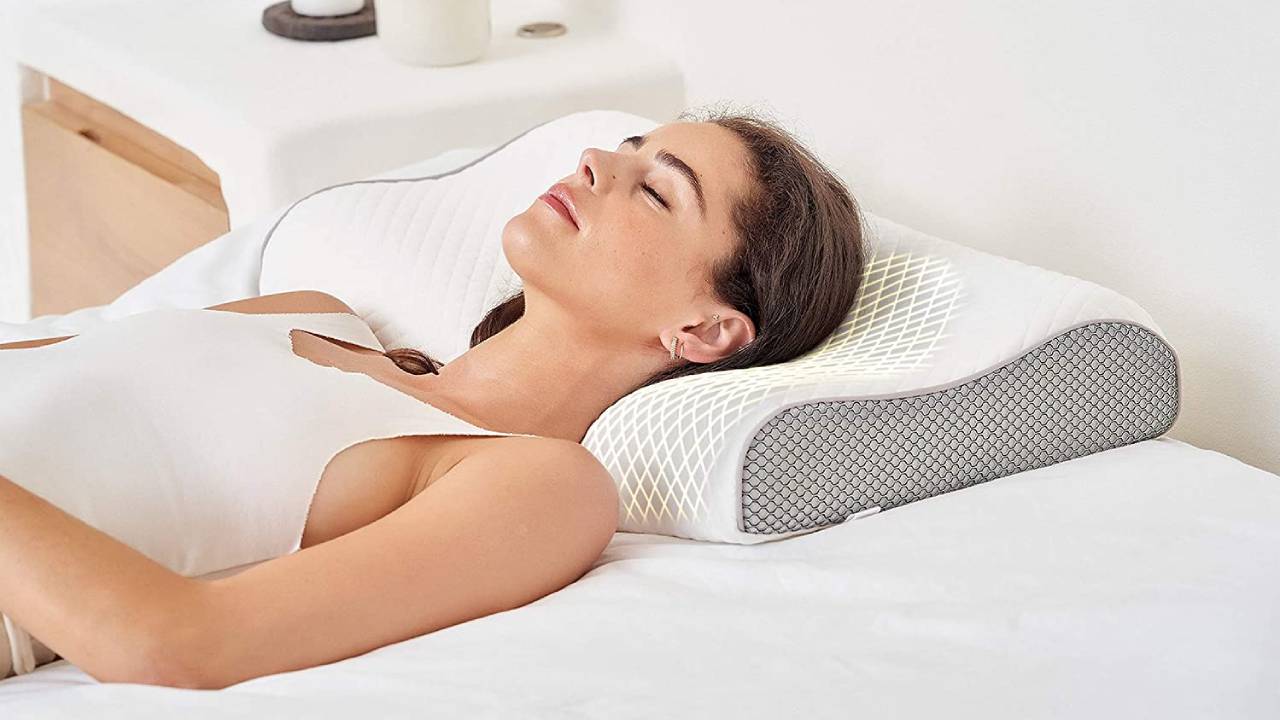
Supporting your neck is incredibly important if you regularly sleep on your back. The best pillow keeps your head and neck supported and reduces the strain on your neck muscles. Not only is it important to keep aligned again here, but it’s also vital that you make sure your head isn’t over or under elevated.
According to Levitex, if your pillow is too high, your neck is pushed forward which affects your posture, but if your pillow is too low, this can compress your spine uncomfortably. Similar to Goldilocks, you need a pillow that fits you just right, typically one that’s 3-5 inches thick or that’s made of memory foam. If your old pillow just isn’t hacking it anymore, you can use this under your knees or back instead.
4. Spread out

Many people think when they sleep on their back, they must be completely still and tucked in, much like a vampire in a coffin. But it's actually best to spread out while you sleep on your back, particularly your arms and legs. When you spread out while you sleep, you’re distributing your weight nicely and your muscles and joints are less likely to become stiff overnight, which can leave you feeling sore in the morning. So, go full starfish!
5. Stretch before bed
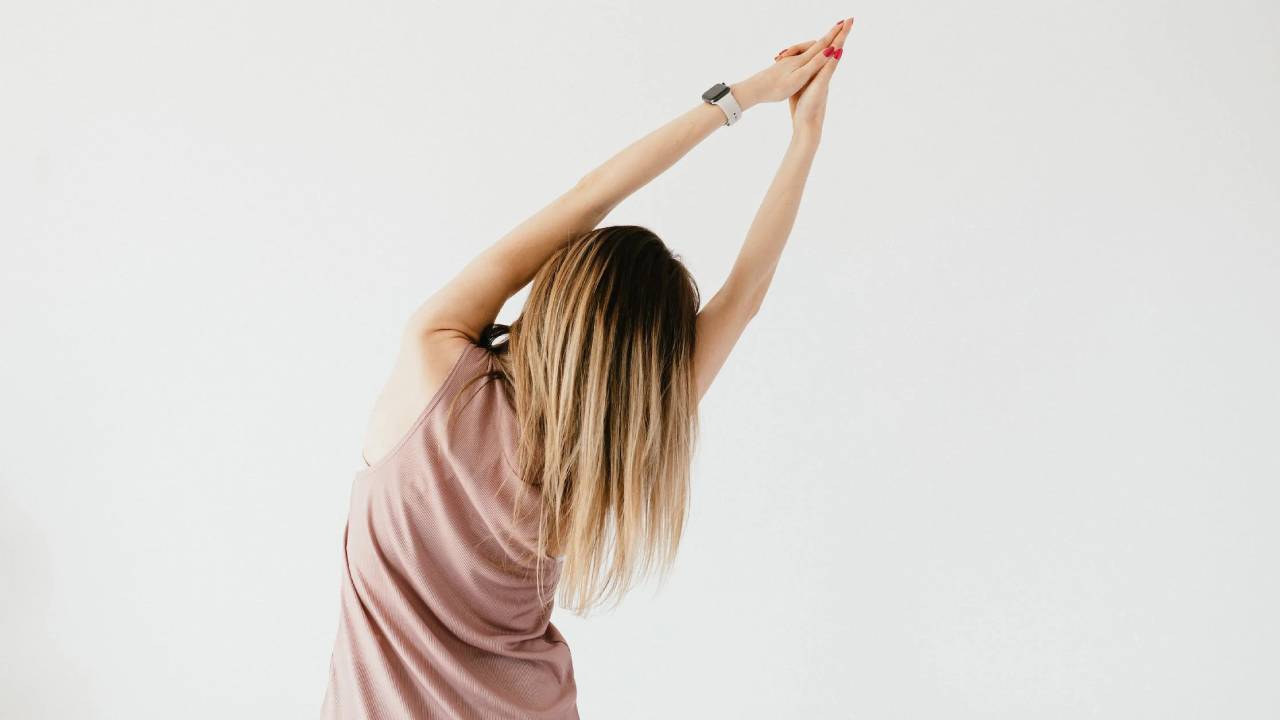
Finally, and something we should probably all be doing anyway, have a good stretch before bed. Stretching before you go to sleep has many benefits, like improving your circulation and smoothing out any kinks or soreness that you felt come on during the day. For back sleepers, focus on stretching your back, legs and neck before you catch some ZZZs. For stretching advice, we’ve got a full guide to the best stretching exercises and this 5 minute stretch routine is designed to ease back pain.

Beth is Home Editor for T3, looking after style, living and wellness. From the comfiest mattresses to strange things you can cook in an air fryer, Beth covers sleep, yoga, smart home, coffee machines, watches, grooming tools, fragrances, gardening and much more. If it's something that goes in your house, chances are Beth knows about it and has the latest reviews and recommendations! She's also in the know about the latest deals and discount codes from top brands and retailers.
Having always been passionate about writing, she’s written for websites, newspapers and magazines on a variety of topics, from jewellery and culture, to food and telecoms. You can find her work across numerous sites, including Wedding Ideas Magazine, Health & Wellbeing, The Bristol Post, Fashion & Style Directory, TechRadar, CreativeBloq and more. In her spare time, Beth enjoys running, reading, baking and attempting craft projects that will probably end in disaster!
-
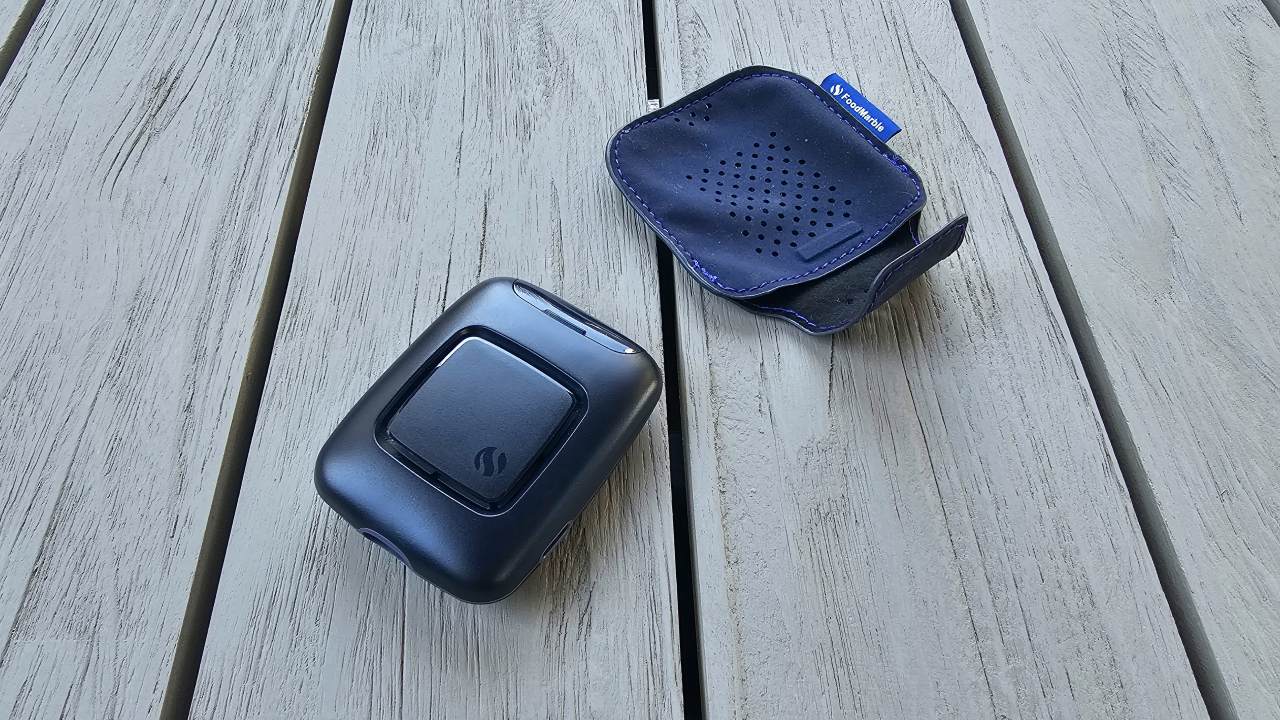 I spent 6 weeks with the FoodMarble Aire 2: here’s what I learned about my gut health
I spent 6 weeks with the FoodMarble Aire 2: here’s what I learned about my gut healthI’ve been testing the clever breath-testing gadget with the companion app over several weeks to find out if it delivers on its promises
By Lee Bell Published
-
 Oil pulling is going viral on TikTok for stopping morning breath – but does it actually work?
Oil pulling is going viral on TikTok for stopping morning breath – but does it actually work?4 hacks that prevent morning breath, according to a sleep expert
By Bethan Girdler-Maslen Published
-
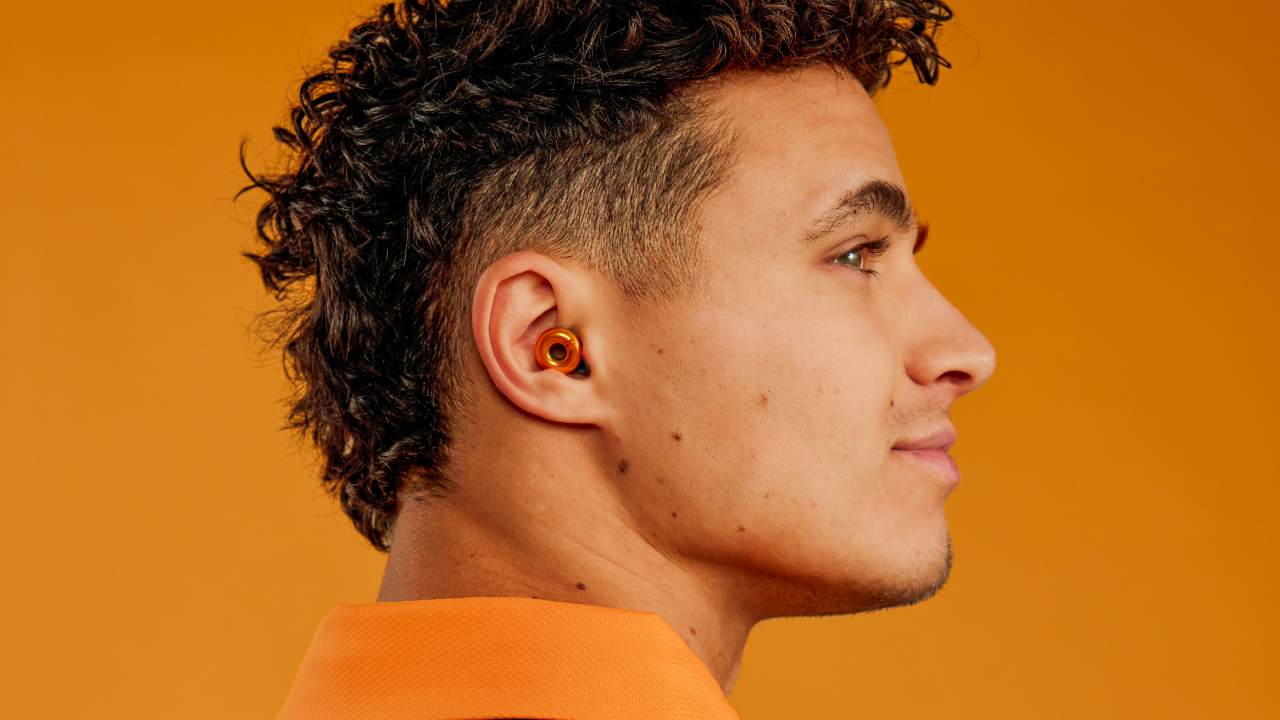 These limited edition McLaren x Loop earplugs are what you need for Formula 1 season
These limited edition McLaren x Loop earplugs are what you need for Formula 1 seasonMcLaren teams up with Loop on limited edition noise-reducing earplugs
By Bethan Girdler-Maslen Published
-
 5 sleep supplements that help me achieve 8+ hours of rest every night
5 sleep supplements that help me achieve 8+ hours of rest every nightIt took me years to perfect my sleep routine – here are the supplements that helped
By Lizzie Wilmot Published
-
 3 reasons why you wake up at 3am every night – and how to avoid it
3 reasons why you wake up at 3am every night – and how to avoid itAlways waking up in the middle of the night? This could be why…
By Bethan Girdler-Maslen Published
-
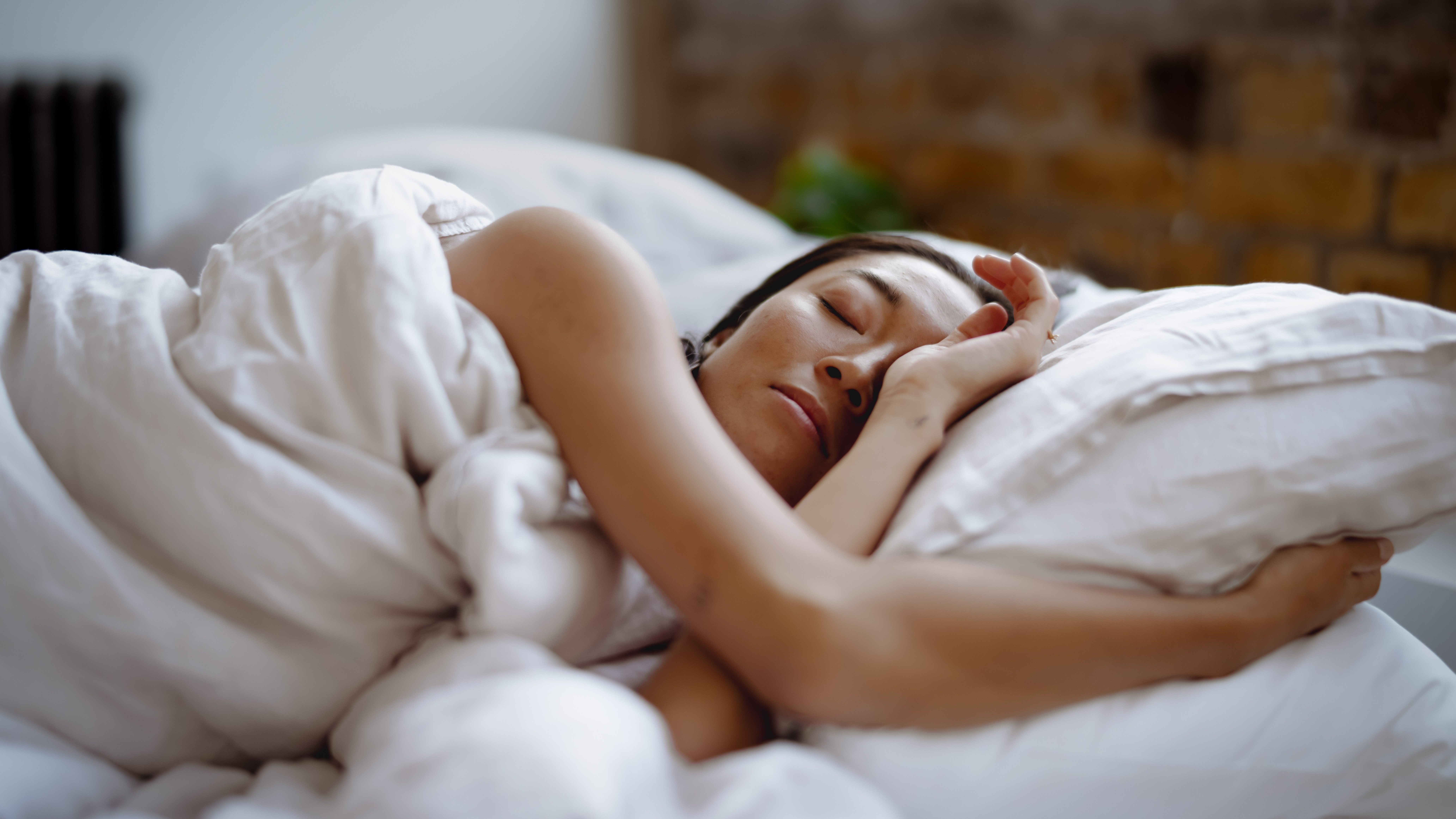 This tiny device will automatically disable your distracting apps before you sleep
This tiny device will automatically disable your distracting apps before you sleepSay hello to Kip...
By Lizzie Wilmot Last updated
-
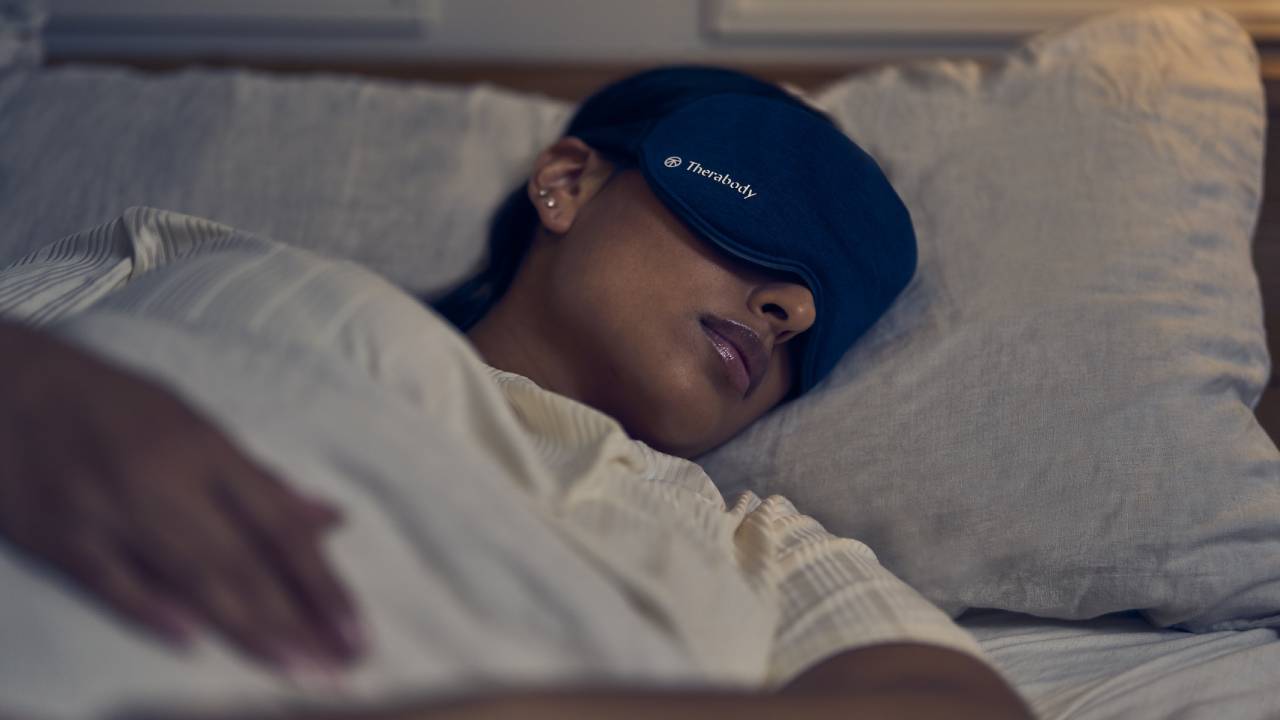 Therabody experts give 7 tips for perfecting your sleep routine for World Sleep Day
Therabody experts give 7 tips for perfecting your sleep routine for World Sleep DayFrom breathing exercises to sleep masks, here’s how to prioritise sleep, according to experts
By Bethan Girdler-Maslen Published
-
 Loop Dream review: super soft earplugs to help you snooze soundly, even if you’re a side sleeper
Loop Dream review: super soft earplugs to help you snooze soundly, even if you’re a side sleeperSquishy silicone and uniquely shaped ear tips take Loop’s nighttime earplugs to dreamy heights
By Joanna Ebsworth Published

